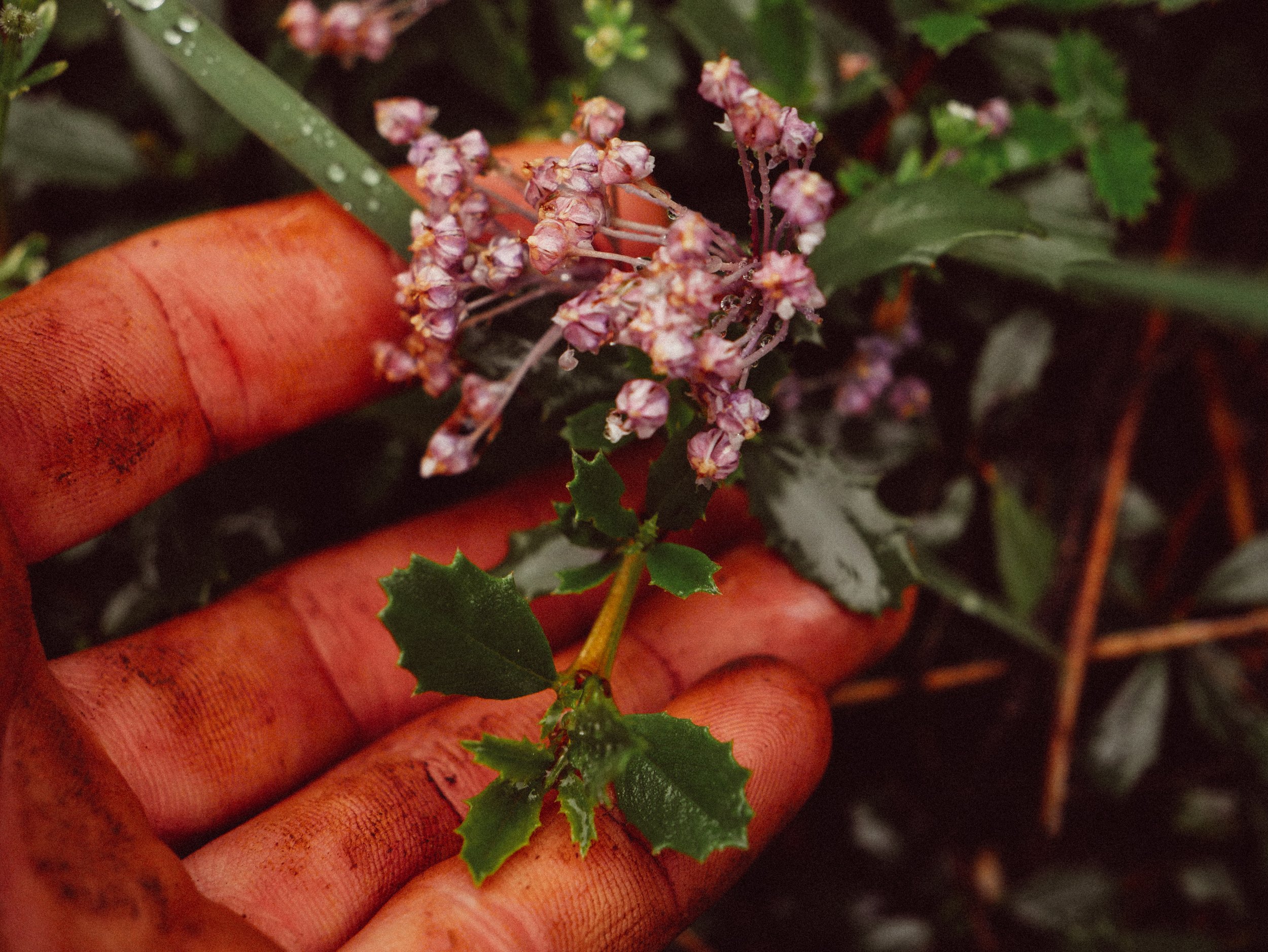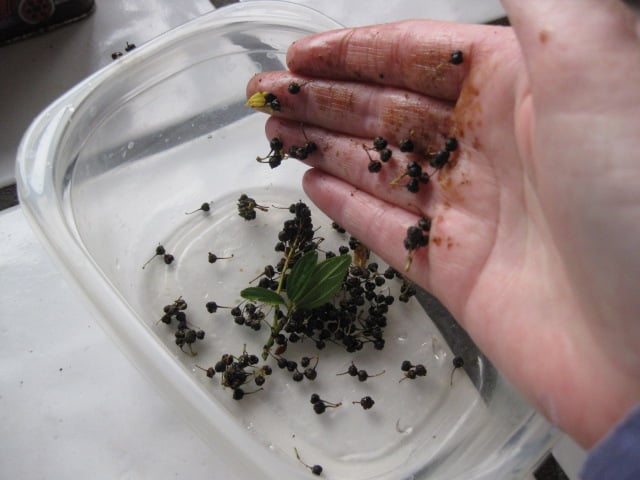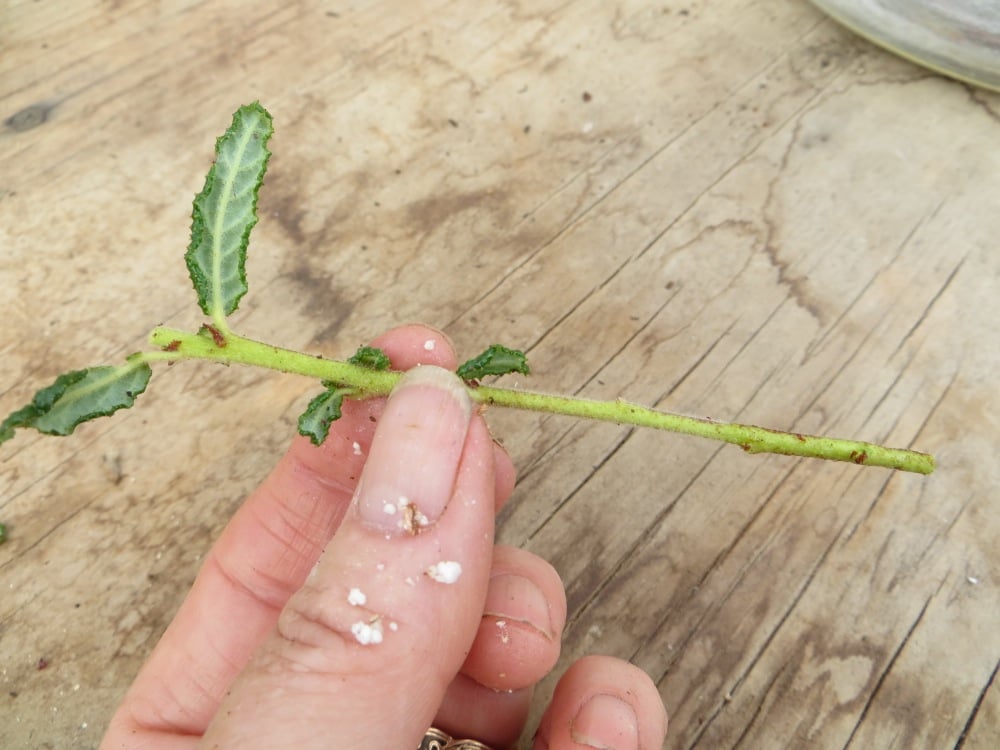Is Ceanothus Poisonous?

Table of Contents
Ceanothus is a low-maintenance evergreen plant belonging to the Buckthorn family. This shrub is availed with around 50 species along with many subspecies. However, species of this California native shrub exist in various shapes, sizes, vegetation, and flower colors. Due to its low maintenance feature, the ceanothus plant or shrub has been a favorite plant of commercial gardeners and home gardeners.
Meanwhile, many plant lovers are curious about this California native shrub. So in this article, we will discuss some amazing facts about ceanothus. Along with it, we will share how to propagate the shrub by ceanothus cuttings.
So, let’s begin the topic by clarifying a myth about this well-known California lilac shrub.
Is Ceanothus Poisonous?

Research conducted on ceanothus has reported that no poisonous or toxic elements are found in this shrub. However, this plat is not harmful to animals or humans. In fact, ceanothus shrubs attract birds and fly like bumble bees, honey bees, butterflies, etc.
Moreover, ceanothus contains medicinal properties that have been practiced in homeopathy to treat anemia. Therefore, this edible plant is a nonpoisonous shrub.
What are the Characteristics of Ceanothus?

Almost 41 species of ceanothus out of 50 are available in California regions; hence, it is called California lilac. Apart from California lilac, these shrubs are acknowledged with other definitive names such as Buckbrush, California Bay, Blueblossom, Snowbrush, New Jersey Tea, Mountain Whitethorn, and many others. Here are some primary characteristics of ceanothus
- Most of the species of ceanothus are evergreen, whereas some species of this shrub get acclimatized to cold weather.
- Some Ceanothus shrub species are sustained in dry and sunny environments like hills and coastlines. These native species’ leaves and stems contain high amounts of protein and calcium. Eventually, it became a great food source for native animals and insects.
- Ceanothus shrubs bloom in early spring with an inflorescence. Flowers of this shrub exist in various colors i.e. indigo, dark blue, pale blue, white, pale grey, greenish-white, etc., and some of them are extremely fragrant.
- Stems of ceanothus vary according to their species. Some species have stiff stems, some have flexible ones, and some have sharp thorns.
- Like stems, ceanothus leaves also have a variety of shapes and textures. For instance, some ceanothus leaves are glossy, and some are wooly or wrinkled.
- There are many mixed-breed ceanothus species available for home gardeners for garden ornamenting purposes i.e. Rayhartman, Whitethorn, Concha, Cascade, etc. Moreover, these shrubs can be sustained in any soil type.
- Some of the improvised species of ceanothus plants for home gardening are low-maintenance and sustain very well even in winters when many plants seem gloomy due to the abscission of leaves.
How to Propagate Ceanothus?
For home gardening purposes, there are many ways to propagate the ceanothus species, whether it’s evergreen or deciduous. Here, we are going to discuss some of the ceanothus propagation methods.
1. Seed Germination

- This propagation needs to be conducted precisely. When flowers of the ceanothus shrub fall off the clusters, fruit development starts. Meanwhile, as seasons go on, the matured fruits burst and eventually dry out. However, at this stage, gathering seeds is a bit tricky. Hence, home gardening experts advise covering the fruit cluster of the shrub using net bags. Ultimately, after the drying process, seeds will be safely collected in the bag.
- The heat likely triggered ceanothus germination. So, to propagate the ceanothus, use hot water to soak those seeds until the water completely cools down. Refrigerate the seeds for around 3 months.
- Plant these seeds into any pot with soil and cover it with a lid to create humidity. After the seed germinates, place them in the warm location of the garden.
2. Stem Cutting

- To propagate a clone of a parent ceanothus plant, the stem-cutting method works best. Make sure to get the stem for propagation when it’s well-hydrated, so choose morning time to cut it from the parent plant.
- Remove the flowers from the stems. It will help to centralize the energy to the roots.
- Choose the leafy stem for propagation purposes and remove some of the leaves to expose nods. However, these nods have the capability to produce roots. Although, some plants have the strength to produce roots with the stem cut itself.
- Make a cut right, billow the nod, and if possible, use powdered or liquid rooting hormone and cover the nod properly using the same.
- Plant this stem in the soiled container and cover the tray with a lid to create a humid environment, keeping a safe distance from the planted stem.
- Make sure to keep it for at least 2 weeks with occasional watering. After 2 weeks, remove the lid for some time in a day, and after noticing the roots are out of the drain holes, place it in a suitable garden area.
Conclusion
There is a wide range of plants available around the earth with different characteristics and features. California native Ceanothus shrub is one of them, also called the California Lilac, even if it has no relevance to lilac.
In this article, we have shared some interesting and factual information about the ceanothus plant. We have clarified some myths about this plant, and along with it, we have described the core characteristics of the plant.
Apart from this, we have shared methods to successfully propagate the ceanothus shrub for ornamenting home gardens. Overall, this article is a perfect informative guide for home gardeners or plant lovers.






